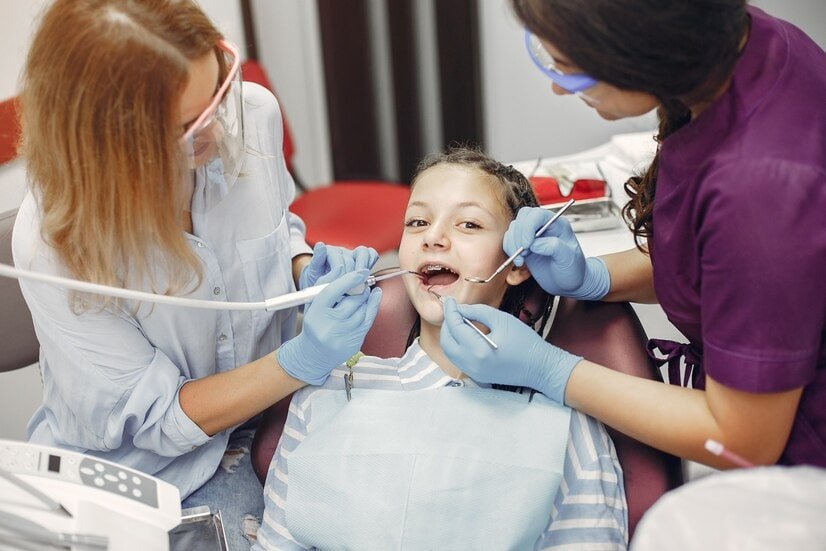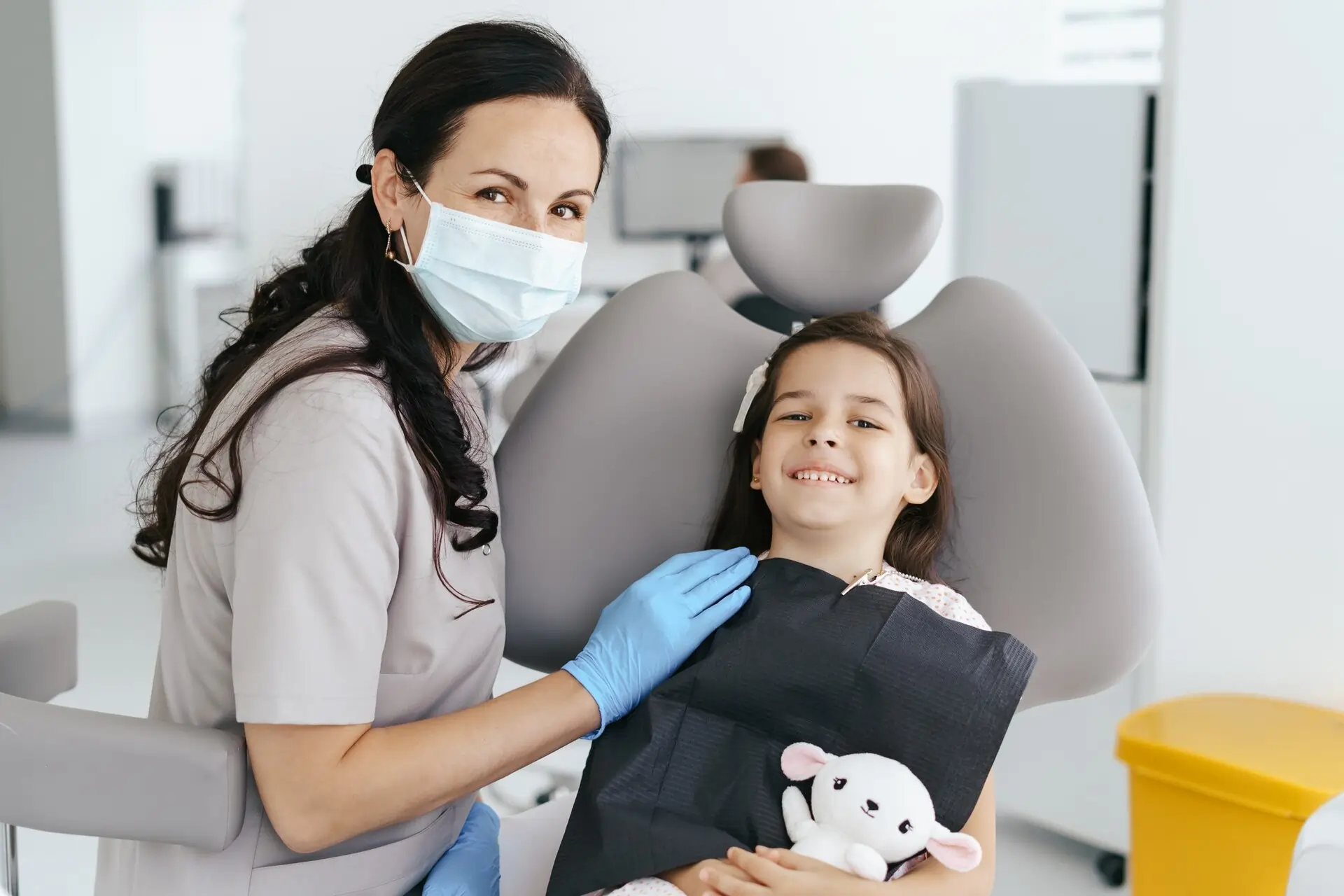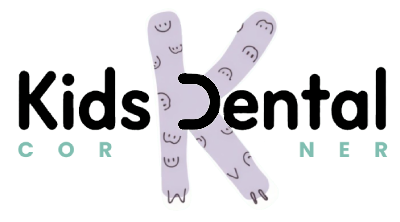For children with sensory sensitivities, developmental differences, or special needs, a dental visit can be overwhelming. At Kids Dental Corner, we believe every child deserves calm, confidence, and dignity in care—especially those who need it most. This guide outlines proven strategies, from sensory-friendly environments to parent preparation tips and gentle sedation options. Read on to learn how we make the dentist a place of comfort, not fear.
Why Pediatric Dental Care Needs to Be Different for Special Needs Children
Special needs children often require customized experiences—dental care is no exception.
Understanding the Unique Challenges They Face
Children with autism, ADHD, or learning differences may experience:
- Heightened sensory perception—lights, sounds, smells, and touch can overwhelm.
- Communication barriers—expressing discomfort or understanding instructions can be hard.
- Anxiety or fear—due to unpredictable routines or new environments.
These factors demand care that is paced, predictable, and empathetic.
Common Conditions That Affect Dental Visits
- Autism Spectrum: Sensory overload and difficulty with transitions are common.
- ADHD: Restlessness and short attention spans require unique pacing and engagement.
- Down Syndrome: Anatomical differences (like mouth structure) plus higher risk for dental issues need tailored approaches.
Understanding these conditions helps tailor every appointment—and makes success more achievable.
Why Early Oral Health Habits Still Matter
Even for special needs children, early habits can reduce decay, build comfort, and lay foundations for adult care. Starting positive dental experiences early can help reduce future emergency visits and support better long-term health. Learn more about our sensory-friendly pediatric dental care at Kids Dental Corner
The Role of Trust and Emotional Safety in Care
Building trust is essential—gentle tone, predictable routines, and letting kids take the lead with touch and timing fosters safety. When children feel safe, even small progress—like sitting calmly during an exam—is a big success.
What Is Sensory-Friendly Dentistry?
Sensory-friendly dentistry adapts every aspect of care to meet diverse sensory and emotional needs.
Adjusting the Environment for Comfort
- Low lighting or natural light replaces harsh overhead fluorescents.
- Noise reduction via headphones, soft music, or white-noise machines.
- Flexible seating options: bean bags, weighted lap blankets, or supportive pillows.
Visuals, Sounds, and Smells That Matter
- Using soundscapes or silence rather than music.
- Fragrance-free cleaning products to reduce olfactory overload.
- Soft visuals—no glaring lights or unexpected flashes.
These subtle cues create a calming atmosphere.
Use of Weighted Blankets, Headphones, and Fidget Toys
- Weighted blankets give proprioceptive comfort.
- Headphones offer noise protection.
- Fidgets occupy small hands and direct energy positively.
Allowing these supports signals respect for each child’s needs.
Creating a Calm, Predictable Space
From visual schedule boards to room layout, every detail matters:
- Visual cues like “Next” cards.
- Photo storyboards showing steps: waiting room, exam chair, cleaning.
- Guided introduction—staff greet first, then instruments are shown slowly.
- Allowing kids control: “Help me pass the mirror?”
Predictability builds confidence, step by step.
Dental Tips for Children with Autism
Autistic children often thrive when care is structured and prepared.
Using Visual Schedules and Social Stories
Prepare children by showing:
- A simple visual map: step 1, step 2, step 3.
- Social stories: short, positive narratives like “Going to the dentist is brave and safe.”
These tools make visits feel known and manageable.
Practicing at Home Before Appointments
Encourage parents to:
- Role-play with a toothbrush and mirror.
- Create a mini “dentist game” at home.
- Visit the office ahead of time for desensitization.
Familiarity reduces reaction during real visits.

Short, Consistent Visits with Familiar Faces
Sticking to small bite-sized appointments (20–30 min) helps maintain calm. Seeing the same dental team every time fosters trust and emotional safety.
Working with Routines and Communication Styles
- Ask: “Do you like to talk about it first, or just start?”
- Offer choices: “Should I count to three, or wave for cleanup?”
- Follow their lead—some kids love to touch the tools at the end; let them.
Flexibility based on the child’s communication pattern increases collaboration.
Helping Children with ADHD Stay Calm and Focused
Children with ADHD often require dynamic support to manage energy and emergency kids’ dental attention.
Managing Short Attention Spans and High Energy
- Break up procedures into short, orchestrated steps.
- Provide fidget tools like bubbles or squeezable toys.
- Energize with movement: “Let’s wiggle together 5 times before we sit.”
Appointments at Optimal Times of Day
Schedule early morning or after-nap when focus is usually strongest. Avoid late afternoon when fatigue and restlessness peak.
Behavior Cues and Reward Systems
Praise when they follow instructions: “Great job holding still!” A sticker chart or token system reinforces progress and focus.
Keeping Instructions Short and Visual
Use 2–3 word instructions paired with gestures. Instead of “Could you please keep your mouth open a little longer?” try “Mouth open—thank you!” (+ thumbs-up).
Tools and Techniques We Use to Create a Stress-Free Visit
Our toolkit takes anxiety apart one piece at a time.
Tell-Show-Do Method to Reduce Anxiety
- Tell in simple words (e.g., “This is a clean light.”)
- Show it outside the mouth.
- Do it gently.
This familiarizes kids before sensitive steps.
Desensitization Visits and Walkthroughs
Non-treatment visits let kids explore the room, touch tools, meet staff—all without pressure. This builds familiarity and consent before doing anything technical.
Communication Boards or Non-Verbal Cues
For reduced speech, we offer:
- Picture boards to point: brushing, rinse, stop.
- Quick signals: thumbs-up, thumbs-down, pull-the-car.
This ensures kids can express real-time needs safely.
Clear, Repetitive Instructions and Gentle Touch
Gentleness is core: “First clamp on tooth, then tickle clean.” Short instruction + calm touch + pause = children feel grounded.
Sedation Options: When and Why They’re Recommended
When simple strategies aren’t sufficient, sedation may be the best path to safe, comfortable care.
Mild Sedation (Laughing Gas/Nitrous Oxide)
Nitrous oxide offers fast-acting, easily controlled mild sedation:
- Reduces anxiety
- Does not knock children out
- Wears off quickly—no long recovery
We titrate slowly and monitor every moment with parent consent and comfort.
Deeper Sedation for More Complex Needs
For advanced treatments or children who can’t tolerate interventions awake, pediatric-safe deeper sedation or general anesthesia may be indicated:
- Administered under pediatric dentistry
- Conducted in accredited facility
- Thorough communication and protocols to ensure safety
Safety Protocols and Parent Consent
- Pre-visit medical screen
- Signed consent
- Continuous monitoring: O2 sat, vitals
- Recovery protocols with parent instructions
Safety is non-negotiable.
When Sedation Can Make Treatment Safer and More Comfortable
Rather than fighting fear, sedation allows:
- Complete treatment in a single visit
- No trauma from restraint or struggle
- All treatments in one session—peace of mind for parents and child
When other strategies fail, sedation ensures care is safe, ethical, and gentle.
How Parents Can Prepare Their Child Before a Dental Visit
Preparation starts at home and sets the tone.
Practice with a Toothbrush and Dental Mirror at Home
Role-play dentist visits with tools:
- Seat child in their favorite chair
- Gently say “open wide,” count to five
- Introduce mirror, let them touch it
Repeated play builds positive associations.

Read Books and Watch Videos About the Dentist
Choose child-friendly, inclusive stories:
- “Going to the Dentist” social story versions
- Educational videos featuring children with similar conditions
These build expectation and reduce fear.
Pack Comfort Items
Bring familiar items: blanket, favorite toy, noise-canceling headphones. These objects anchor kids in known comforts.
Talk About What to Expect
Keep language simple:
- “Dentist cleans your teeth. It may tickle your lip.”
- “First we sit in the chair, then we open. I will hold your hand.”
Transparency and simplicity reduce fear of the unknown.
How Kids Dental Corner Supports Families with Special Needs
Our practice is designed for inclusion, respect, and warmth.
Our Commitment to Individualized Care
Every visit begins with an intake session to understand sensory needs, communication style, medical history, and family goals. Appointments are tailored—no cookie-cutters here.
Meet Our Trained and Patient Pediatric Team
Our team includes:
- Certified pediatric dentists with special needs training
- Hygienists skilled in sill training
- Dental assistants experienced in accommodating non-verbal or sensory-sensitive children
Every staff member is trained in patience, empathy, and inclusion.
Flexible Scheduling and Pre-Visit Walkthroughs
Choose low-sensory hours (quiet office) and book pre-visits to acclimate. We avoid overlap to limit distraction, and offer private waiting rooms or in-car check-in when needed.
What Makes Us a Sensory-Friendly Dental Practice in
We:
- Keep noise low or non-existent
- Use scent-free cleaning
- Offer weighted lap blankets, noise-muffling headphones, and visual schedule boards
- Adapt at every step to children’s needs—even mid-appointment
Your child’s comfort and choice matter most to us.
Final Thoughts
At Kids Dental Corner, we believe that every child—especially those with special needs—deserves dental care that honors their uniqueness. Through sensory-friendly techniques, thoughtful scheduling, empathetic communication, and safe sedation when needed, we build dental visits that are calm, respectful, and empowering.
Dental health is a cornerstone of overall health—and confidence. By prioritizing emotional safety and individualized care, we help children not only maintain their smiles but feel proud and secure in doing so. With the right approach, dental visits can become a positive part of their health journey, not a source of anxiety. Ready to schedule your child’s first comfortable, inclusive dental experience? Contact us today to get started.



